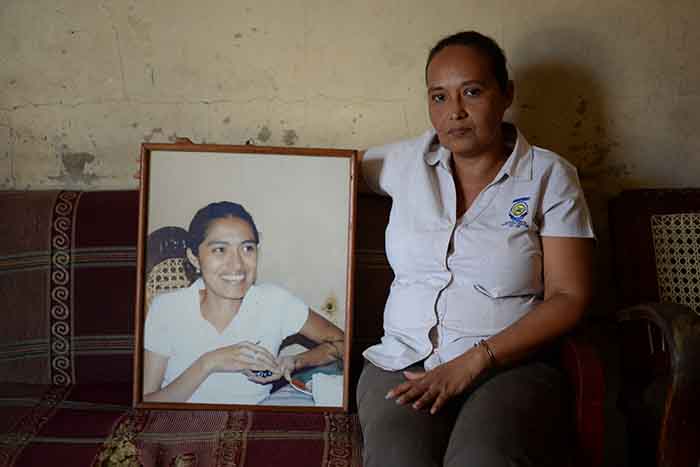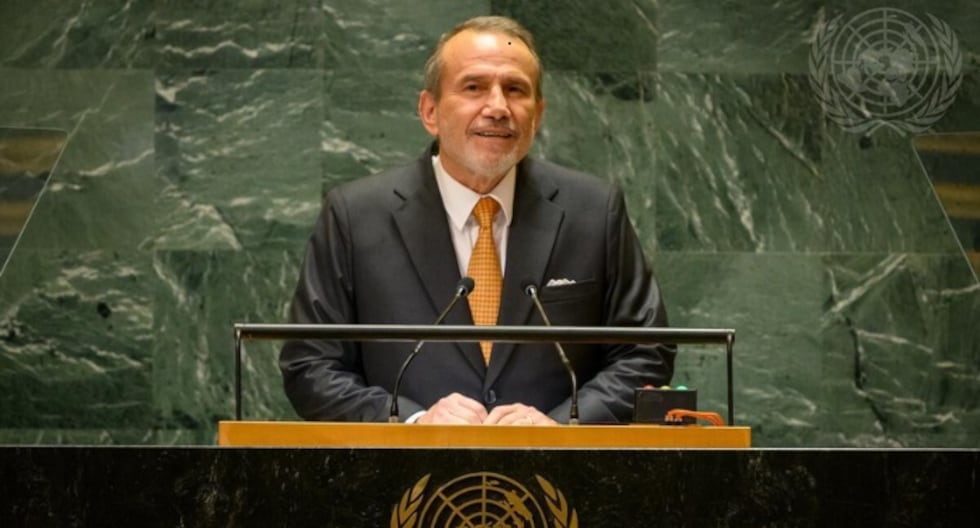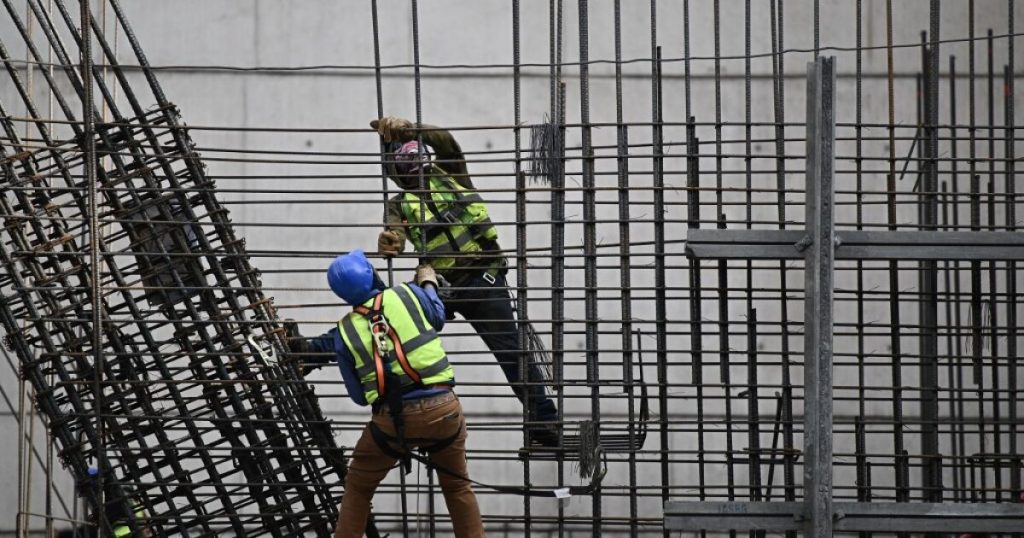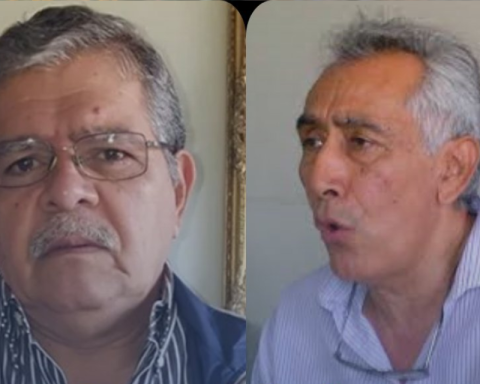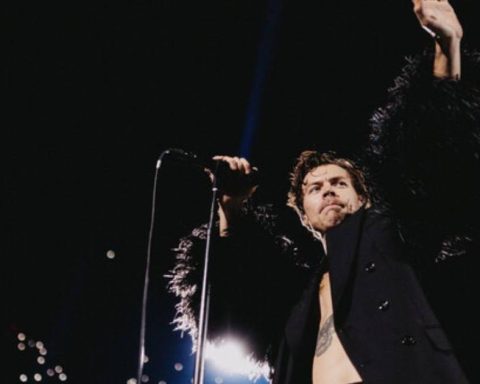When the doors of the Cuisalá Penitentiary System, in Juigalpa, Chontales, were opened in 2020 to allow the exit of “El Matón del Ayote”, as the former mayor of Ayote, Eugenio Hernández, is known, a cycle of impunity was closed for those crimes against journalists in Nicaragua.
Hernández, released along with 2,814 common prisoners on May 13, 2020, was the only prisoner convicted in Nicaragua for killing journalist María José Bravo with a bullet in the chest, on the night of November 9, 2004 while the communicator was covering to the municipal elections of that year.
The gunman received a 25-year prison sentence in January 2005 and with his release concluded the last episode of impunity against the perpetrators of crimes against journalists in Nicaragua. Although María José was not the last journalist murdered, her story is still valid and 20 years after her death, she is still fondly remembered among those who knew her in life.
Thanks to friends of the former La Prensa correspondent in Chontales, we were able to reconstruct a more intimate and human profile of the journalist, to whom for several years, the Central American University paid tribute with the organization of the “María José Bravo” Journalistic Excellence Awards. » In Memoriam.
Fragile in appearance
Born in 1978 in Santo Tomás, Chontales, María José always stood out for her strong character and indomitable spirit, a contrast to her fragile physical appearance. He was barely 1.50 meters tall and weighed no more than 100 pounds.
Those who knew her remember her as a woman of few words, but of deep convictions. “She was a fighter, always determined to achieve her goals and dreams,” says one of her former classmates. He also had some stubbornness: he didn’t like his middle name and decided to change it once he could. She stopped calling herself María Francisca and legally named herself María José.
Related news: Journalists Fabiola Tercero and Victor Ticay among the 135 exiled to Guatemala
She was small in body and had simple and humble tastes. Cheerful and discreet, romantic and with a deep Catholic faith. María José loved romantic music and cinema. Her friends still remember her humming Pedro Fernández’s song “Yo no fue”, a melody that, in some way, seemed to reflect her spirit: “If they come to tell you / Bad things about me / Send everyone to fly, tell them that I I didn’t go.”
With equal emotion, he enjoyed films like Babe, the brave little pigwhich showed how the most improbable dreams can come true and died of sadness and anger at the bravery of Denzel Washington in “Man on Fire.” Her former classmates say that since she was little, María José knew that her destiny was Social Communication.

“When she arrived at the Central American University (UCA) in Managua, she was just another small town girl with a suitcase full of dreams,” says “Sandra,” one of her classmates. Born in the rural town of Santo Tomás, Chontales, she set out to overcome any barrier in the capital, Managua, which sometimes intimidated her with its disorder and bustle.
He liked the countryside
He lived the four years of his university career in Managua, but on Fridays after class he traveled to Santo Tomás to continue with his daily life among pastures and animals, he liked his farm life.
In her first university years she used to wear a ponytail that did not reveal her long black hair; Some time later he began to wear it shorter. His thin hands showed medium-long nails that he liked to take care of carefully.
She was thin, had a soft and kind voice, her body seemed fragile, but only in appearance because in the rough work of the field she forced it beyond imagination. He never fought or argued. María José was dedicated, stubborn, determined, a fighter, with a strong character, of few words, but coherent with her thoughts and what she wanted for the future.
Related news: At least 10 journalists have been detained after the presidential election in Venezuela
Graduating from the UCA in Communication Sciences in 1999 was his first great achievement, a moment that he proudly celebrated with his mother, Doña Antonia (RIP) and his sister Esperanza.
His thesis was on Subliminal Messages in Nicaraguan newspaper advertising. One of her teachers remembers her with admiration for the diligence with which she applied her theoretical knowledge and research tools in her thesis.
“She was so dedicated and a fighter that she never gave up in the face of difficulties,” adds a former journalism colleague, remembering the long hours that María José spent between her studies and work on the family farm. At just 24 years old, María José had already managed to become a correspondent for one of the most prestigious newspapers in the country; The Press.
He was passionate about what he did
For her, that position was not only a job, it was the realization of a dream since she joined the UCA and also a challenge that she managed to overcome with flying colors. «He loved the life of a journalist. Sometimes he told me that he felt a responsibility to give a voice to those who did not have one,” says one of his colleagues, now retired from the profession.
Her professional approach and journalistic ethics led her to be admired by many, both in her professional environment and in her native community, where she was already known for being part of an honest, hardworking and fighting family.
On November 9, 2004, while he was leaving the Departmental Computing Center in Chontales, awaiting the results of the municipal elections, a bullet ended his life.
The former mayor of El Ayote, Eugenio Hernández, shot mercilessly, blinding the life of a young and promising mother. «They not only took a journalist from us; “They took from us a life full of dreams and a bright future,” says one of his close friends.
María José left a son, Néstor José, who was only three years old at the time. Today, she is 23 years old and about to graduate from college, a reflection of the legacy of perseverance her mother left her. «She always dreamed of a better future for her son. “He fought for himself, for his family and for his ideals,” recalls one of his UCA professors.
Respect and admiration
Over the years, María José’s name has been remembered with deep respect and admiration.
In 2004, her fellow graduate students in Communication and Children’s Rights, also at the UCA, dedicated their promotion to her, leaving the seat she usually occupied in class empty.
Following the advice of one of her professors that she had to continue preparing, María José began studying postgraduate studies at the UCA, but she was not able to finish it, although her relatives received the diploma. When she was murdered, María José had a month left to finish the course.
Related news: Maduro dictatorship arrests journalist who covered protests
Furthermore, in his honor, the María José Bravo National Competition for Journalistic Excellencewhich for more than six years recognized those who practiced journalism with the same passion and commitment that she demonstrated.
The release of his murderer in 2020, under a regime of family coexistence granted by the dictatorship of Daniel Ortega and Rosario Murillo, caused pain and consternation in those who still mourn his loss.
«All of Saint Thomas cried for her. It hurt to the bones to remember that crime, to think that a child of just 3 years old was left without his mother; To think that Doña Antonia and Esperancita were not going to see María José again, it also hurt,” says a former classmate.
Almost two decades after her departure, the image of María José, smiling with her recorder and batteries in hand, is still alive in the memory of those who knew her. “It’s impossible to forget her,” says one of her university friends.
A tragic list
The name of María José Bravo joins in a tragic gallery, the death of other journalists in Nicaragua:
-Ángel Gahona, shot dead in April 2018 while covering social protests in Bluefields. The police, the main suspect in his death, accused two young people without evidence, whom they later granted amnesty.

–Pedro Joaquín Chamorrodirector of La Prensa, murdered on January 10, 1978 in Managua by hitmen under the order of the dictator Anastasio Somoza.
Related news: RSF denounces disappearance of journalist in “wave of repression” in Nicaragua
–Bill StewartAmerican, ABC News correspondent in Nicaragua, murdered at age 38 by the National Guard on June 20, 1979 in Managua, while covering the insurrection war.
–Peter BertieCanadian, correspondent for the Toronto Sun, was accompanying the Contras in a mountainous area of Matagalpa when they were attacked by the Sandinistas. He was shot to death on March 19, 1987, he was 41 years old.
–Carlos José Guadamuz59 years old, director of the program Dardos al Centro, on Channel 23. He was murdered on February 10, 2004 at the entrance of the television channel in Managua by the Sandinista fanatic William Hurtado, a former Sandinista State Security agent.
He had been director of the radio station La Voz de Nicaragua during the first Sandinista dictatorship (1979-1990) and of the Sandinista Front station Radio Ya, but he separated from the FSLN in 1996 and was declared a traitor.
–Adolfo Olivas Olivas, 47-year-old journalist, correspondent for the newspaper La Prensa, was attacked with a firearm in the city of Estelí, on August 14, 2005.
He was murdered while investigating the establishment of a drug cartel, after receiving death threats. He was president of the National Union of Journalists of Nicaragua.
